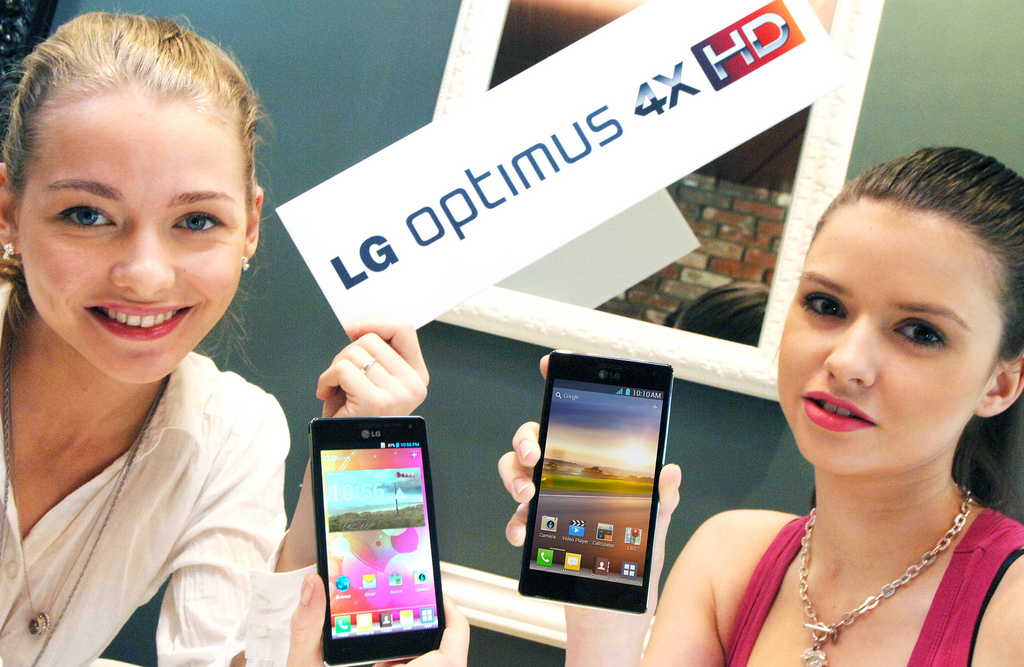 Mary-Ann Parlato is Global Insight Director for Kantar Worldpanel ComTech
Mary-Ann Parlato is Global Insight Director for Kantar Worldpanel ComTech
With some 70,000 visitors in Barcelona this week for the Mobile World Congress, the tone is being set for the next phase of the dynamic mobile telecommunications industry.
This is coming at a particularly pivotal time in its history as mobile technologies dominate digital communications worldwide and platforms, and operating systems are locked in ever intensifying competition.
Against this backdrop, some important trends are emerging.
Connecting with the next billion consumers
With smartphone usage globally growing exponentially, manufacturers are focusing on expansion to the next generation of consumers. The tagline “connecting the next billion consumers,” is almost an official theme for the gathering. Key brands driving this trend this year are Huawei, Nokia, ZTE, and Firefox.
The Huawei and ZTE brands are showcasing a multitude of products across the entire spectrum of low to high end. One new entrant in particular is generating intense interest: ZTE Open with Firefox.
Firefox OS offers a user friendly interface that provides a few unique functionalities, such as the ability to create your own apps from online searches. These devices will be extremely useful for low end consumers in developing markets.
Smartphone penetration is currently low in these markets due to the expense of current smartphone products and tariffs. Yet many in the market have proved a desire to use an OS as ownership of “smartphone lookalikes” has increased over time. These devices have the benefit of looking like a smartphone, yet only include a few advanced features such as messaging, without any OS. These handsets and plans are generally lower in price and thus more affordable for the low end consumer in these markets.
The availability of more OS brands and devices will lead to fierce competition and ultimately provide consumers in these markets with affordable smartphone options for the very first time.
It’s not the OS, it’s the form factor that matters
In many booths, companies’ product showcasing and pitching seemed to stop at the point of physical inspection. This is thanks to the expansion and perceived equivalence of key operating systems dominating most of the new devices at MWC.
Now, differentiation surrounds the physical product — the materials, the size, the look and in particular, the feel. In other words, like the pre-smartphone era, the manufacturer brand’s physical product is of key focus moving forward.
For a consumer deciding to purchase, a physical trial of the product is important. Kantar Worldpanel ComTech latest US data shows that 24 percent of consumers that considered the purchase of a smartphone in December 2012 wanted to test the phone themselves. This is in fact the most influential source in considering a new smartphone, followed by a promotional offer at 15 percent, and the in-store display at 14 percent.
Fablets, the physically larger flagship devices, were an interesting range of products at the show. Smartphones with a 5″ or larger screen were prominent across the show, from Huawei’s Ascend Mate to ZTE’s GRAND Memo. Five inch screen flagships are almost becoming the norm from what one can see at MWC.
Category 4 connectivity & BYOD
“Ultrafast” connectivity was the tagline at Huawei’s stand.
New devices’ — think Ascend P2 and P1 — major selling point was the LTE category 4 connectivity which delivers up to 150 Mbps download speeds. Kantar Worldpanel ComTech data showcases that connectivity is important to consumers, ranking in the top five reasons why consumers are either satisfied or dissatisfied with their current phone.
While consumers are satisfied with current functionalities such as the camera and internet browsing, only 26 percent of current smartphone owners say they are satisfied with their connectivity.
Another particular roll out to notice was Samsung’s new KNOX system. This BYOD system from Samsung will be aimed at the enterprise market, providing consumers with the ability to have their personal and business phone all in one and will be available on key Galaxy devices later this year in the UK. Kantar Worldpanel ComTech US data shows that of those who bought a smartphone for themselves in January, eight percent have their company paying for their calls.
This shows that BYOD approaches are currently being utilized across businesses and are likely to continue.
Kantar Worldpanel ComTech USA maintains the largest continuous consumer research mobile phone panel of its kind in the world, conducting more than 240,000 interviews per year in the U.S. alone. ComTech tracks mobile phone behavior and the customer journey, including purchasing of phones, mobile phone bills/airtime, and source of purchase and phone usage.
photo credit: LGEPR via photopin cc

